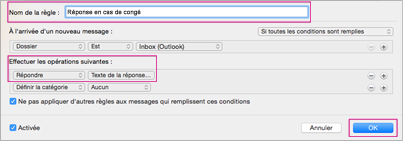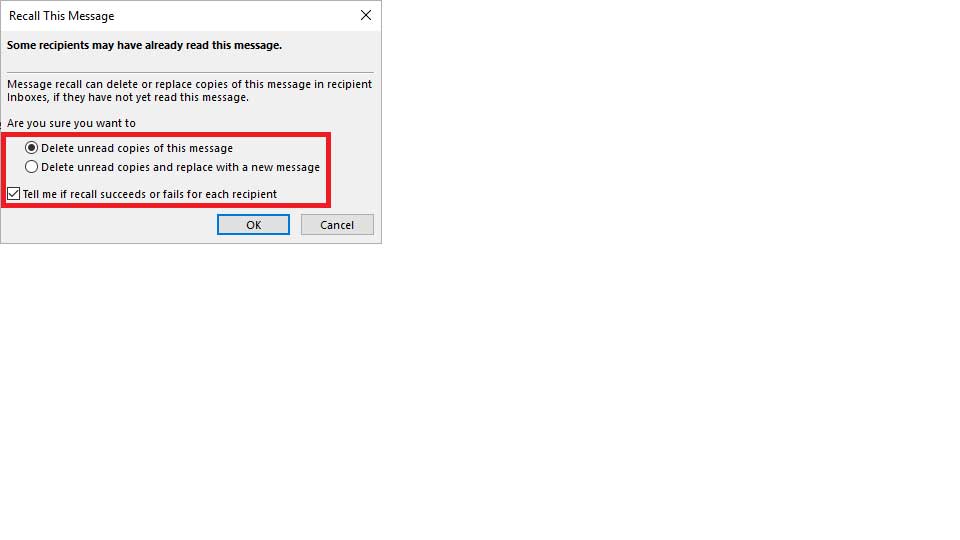
Outlook and Gmail may have features that try to give you additional peace of mind, but don’t be deceived. This may give you a few minutes to “undo” the message by cancelling the outgoing send operation before the next timed send/receive operation, when the message will be sent out. For example, you can uncheck the “Send Immediately When Connected” option in the Advanced section on Outlook’s Options screen. Other email clients may have features that can work in a similar way. Gmail is just waiting a few extra seconds after you click the Send button, giving you some time to change your mind. It will give you a few seconds after you send an email, allowing you to click Undo to stop the email from being sent. This works not by actually retracting a sent email, but by adding a delay before your email client actually sends the message out.įor example, if you’re a Gmail user, you can open Gmail’s settings, click Labs, and enable the “Undo Send” lab feature. Some mail clients can give you the ability to press “undo” after sending an email - perhaps you’ve just noticed a typo or another embarrassing mistake, or perhaps you sent the email in a moment of passion and you’re now regretting the language you chose. Time Delays Can Give You an “Undo” Button While this feature can be useful to delete messages with typos or other errors and send along an updated copy, reducing the clutter in your coworkers’ inboxes, you can’t count on it to retract emails you wish you never sent. If your original email contained an amusing typo or error, the follow-up request to delete it may make the situation all the more amusing. If you send a particularly embarrassing email, both the email and the follow-up request to delete it may be visible in a person’s inbox. If the person has already read your message, your message will not be erased but the recipient will be informed that you want to delete the message. The Recall feature is just a way of asking nicely if their email client would do you the favor of deleting an email message you already sent. However, it’s possible for a user to disable this feature so Outlook will ignore these requests. By default, Outlook will delete the email message if they haven’t read it yet. The message asks their email client to please delete the email you just sent. Outlook’s recall feature works by sending a message to the other person’s inbox. This feature may work when you’re emailing your coworkers, but you can’t use it when you’re emailing someone with a home email account or sending emails to addresses outside of your organization. You must be using a Microsoft Exchange email system, and you must be on the same Exchange server as the recipient.


Microsoft Outlook only allows you to recall or retract messages in limited circumstances. Other email clients - including Gmail with its “Undo Send” labs feature - also allow you to “undo” an email you’ve already sent, but this feature is just sleight-of-hand. Microsoft Outlook does contain a “Recall” feature that allows you to recall email messages in certain cases. The copy is on someone else’s mail server, completely out of your control. There’s no way to go back and undo an email that’s already sent out. Their email server receives it and shows it in their email client. When you send an email, your email client sends a copy of the email message to everyone you email. An email isn’t like a comment on a website, which you can delete or edit after-the-fact because it’s stored in a single place that allows editing - on that website.


 0 kommentar(er)
0 kommentar(er)
